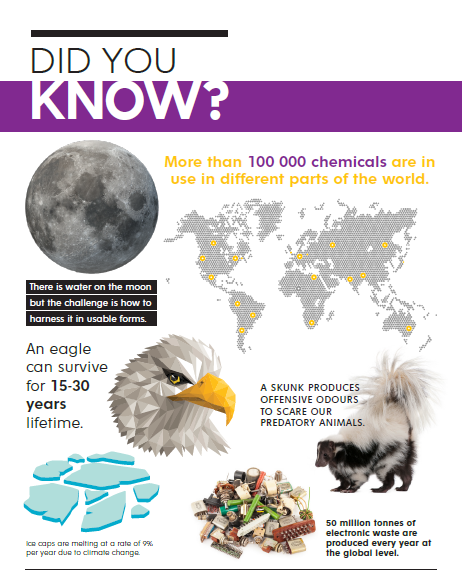Implementation of development projects such as infrastructure, mining, industry, irrigation and transport play an important role in economic growth. However, these activities are associated with environmental and social impacts. Before such activities, it is essential to study the projected effects on the environment and develop measures to prevent serious damage.
Environmental Impact Assessment (EIA) is a tool for environmental conservation, management and sustainability. EIA takes a precautionary approach and covers all pillars of the environment thus the physical, social and economic environment. EIAs are pivotal components in all development projects that involve exploitation of the environment, natural resources and projects which have contact with human beings.
In most developmental projects; flora and fauna, water bodies, land (physical environment) and human beings (social environment) are affected in many ways. The EIA therefore stands in as a planning and decision making tool to address the biophysical, economic and social cultural impacts during all stages of the project cycle.
Environmental Impact Assessment is not a once off process, where all is forgotten after receiving an EIA certificate, it is an ongoing process that stretches into the day to day environmental management system of the project when operations commence right up to decommissioning. Hence the need to renew the EIA certificate and ensure quarterly reporting of environmental management performance.
EIA processes in Zimbabwe are governed by the Environmental Management Act Chapter 20:27, Sections 97 to 108, the First Schedule of the Environmental Management Act Chapter 20:27 and Statutory Instrument (SI) 7 of 2007 on Environmental Impact Assessment and Ecosystems Protection Regulations.
According to the First Schedule of the EMA Act Prescribed Projects shall only be implemented after following a comprehensive evaluation and issuance of an EIA certificate from the Environmental Management Agency (EMA). The legislation also calls for engagement and participation of community, statutory bodies as well as interested and affected stakeholders;
Environmental Impact Assessments have been carried out in and around the world since their introduction in the late 1960s. Legislation and standards of best practice have been drafted to guide their operations and execution in order to achieve set goals. These have improved over time and are still evolving as new ideas and discoveries are made during the carrying out of the assessments.
As the world embraces different technological advancements such as the Geographical Information Systems (GIS) being brought on board for the prediction and assessment of environmental impacts, EIAs are becoming detailed studies. Efforts are being made by environmental practitioners to ensure the uplifting of the environmental management banner to ensure absolute environmental protection and management.
EIAs in Zimbabwe are carried out by environmental experts commonly known as environmental consultants on behalf of the project proponent, developer or investor. The main objectives of EIAs are to achieve conservation and sustainable use of natural resources, protect and enhance the quality of all forms of life, minimise social and security risks. EIAs integrate environmental and social considerations in development planning processes, promote public awareness on public health, social and security concerns.
Despite the set legislations and standards of best practice, EIAs are regarded as burdensome by some project developers. This perception is counterproductive to the attainment of sustainable economic development. Some envisage EIAs to be business development barriers that attenuate or affect development. Challenges have therefore been experienced where developers have gone on to implement environmentally detrimental projects which are posing severe environmental effects some of which have a ripple effects and cannot be reversed.



